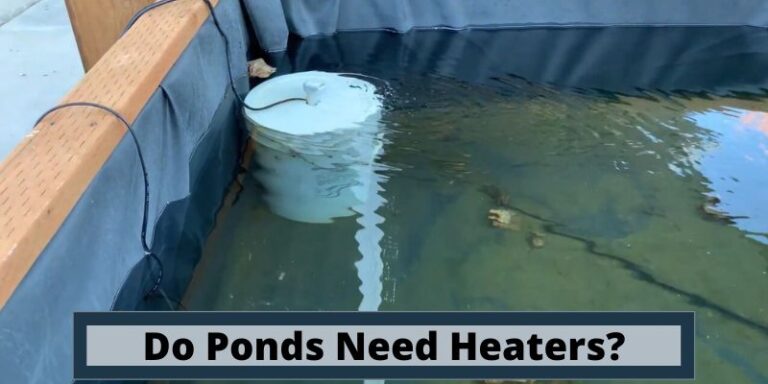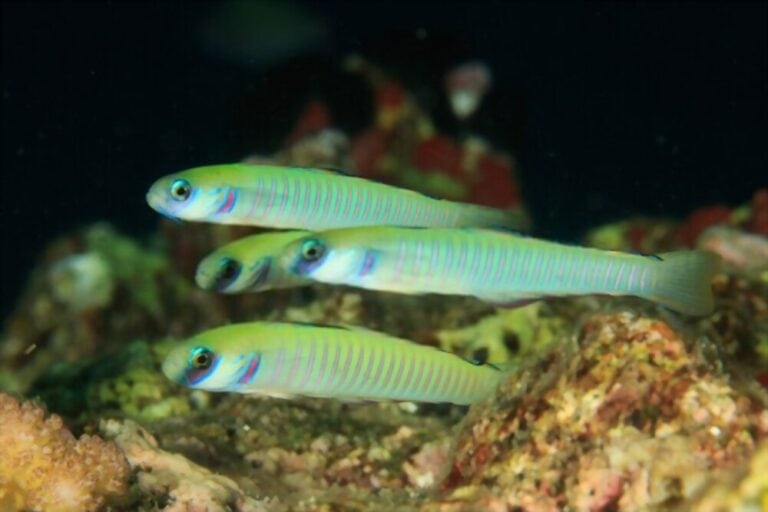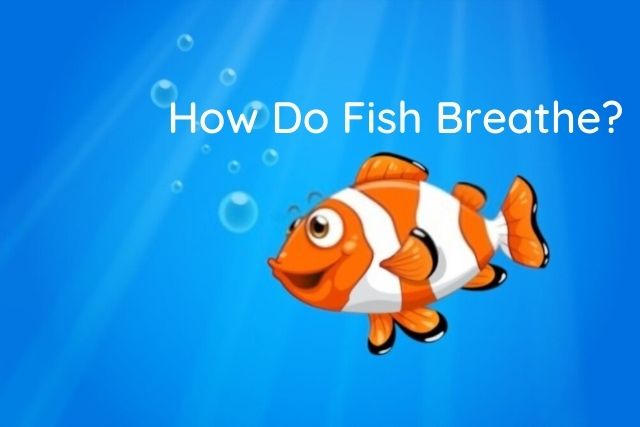Humphead Parrotfish: Size, Lifespan, Food, Facts, & Poop Sand
The Bolbometopon muricatum, famous by the name humphead parrotfish, is the biggest among the other parrotfish species. It is a single Bolbometopon species in the monotypic genus.
The explanation for this name is the prominent bulbous brow that grows in adults. In head-butting competitions, they use these wide foreheads to get a chance to mate or dominate the school. It’s their most notable feature.
Following is a description of the classification, diet, habitat, and other information about the very beautiful humphead parrotfish.
| Domain | Eukarya |
| Kingdom | Animalia |
| Phylum | Chordata |
| Class | Actinopterygii |
| Order | Perciformes |
| Family | Scaridae |
| Genus | Bolbometopon |
| Species | Bolbometopon muricatum |
Humphead Parrotfish Size
The humphead parrotfish is the biggest among the other parrotfish species and has an average length of about 1.4 m and an average weight of about 46 to 80 kg. The presence of a hump on their head makes them like giant fish.
Humphead Parrotfish Appearance
The head of the humphead parrotfish is the vertical head, and except for the front edge of the head, which is mostly light green to pink, it is covered in scales.

One of the unique characteristics of parrotfish is their parrot-like beak from which they get their name. Their beak is used for one reason only, and this is to crunching up the coral and rock so that they can consume the algae growing on it.
The humphead parrotfish’s dorsal side is composed of nine dorsal spines and ten soft rays of dorsal. As the human spine, these spines and rays serve an essential function, which provides support by acting as a backbone at the time of predator defense.
The fish comprises three anal spines, four predorsal median scales, and nine anal rays. These are on the rear side of the fish and have multiple roles.
The whole body of the fish is covered with scales, but different sites have different scales and have other features according to the location.
One characteristic that is not so visible, but the parrotfish uses its pectoral fins like a parrot does its wings.
You can’t differentiate one species of parrotfish from another species of parrotfish due to their ability to change their color based on their sex and health. Still, with the humphead parrotfish, size and head shape are a complete giveaway.
Humphead Parrotfish Lifespan
On average, they have a lifespan of 40 years. The growth is relatively slower than other fishes that are large in size. This number can be slightly decreased if you keep them in a large aquarium.
Humphead Parrotfish Habitat
Humphead Parrotfish dwells throughout the Pacific, Indian, and Atlantic Oceans at coral reef’s outer parts.
Such waters appear to be warm and act as a shelter for the 85 species of Bolbometopon muricatum, which inhabit these outer reefs and feeding and reproductive grounds.
The different levels of the sea are essential for the fish in different ways. Each level has its importance. This is because they live in all three sea levels, which are shallow, middle, and deep.
Staying at different levels exposes them to certain circumstances, but each level is essential in a different way to the fish and plays an essential part in the fish’s life cycle.
Not only does the shallow sea area provide an ample supply of food, but it also provides an excellent breeding ground for certain fish. Thanks to its proximity to the light of the sun, shallow water is cooler than the deeper regions of the sea.
Such temperature offers improved breeding conditions for the parrotfish. The parrotfish habitat provides the best breeding venue, as caves and grooves are also located throughout the ocean floor. Biological conditions are used to store eggs, such as caves and groves.
Warmer water is vital to make life happen. Because of the water’s temperature, if the fish will not reach the shallower level, the eggs or the offsprings will not survive. That is the importance of the shallow level.
The deeper area is essential for overall protection against other predators and fishermen’s safety. Parrotfish use the deep sea to avoid predators and survive to have to live in warm water.
The humphead parrotfish use their camouflage like scales to hide in underwater caves and blend in the dark by going towards the deeper zone.
They represent colors that mimic their surroundings but also describe their place around the world. This makes each parrotfish unique and different from each other, their use of each area of the sea.
Rainbow Parrotfish: Facts, Habitat, Diet, and Other Important Information
What Do Humphead Parrotfish Eat?
They primarily feed on live corals, but it also eats benthic algae. Members either bite off large chunks of coral with their strong jaws and fused teeth or use their large heads to smash corals, smashing them into smaller pieces. What do parrotfish eat? Best food list
It is reported that a large Humphead Parrotfish can consume as much as 5 tons of reef in one year, producing tons of coral reef sand in the process. The hump is used for the digestive breakdown of coral sections.
Some adaptations have made this hump thicker and tougher, making it possible for the fish to break off hard coral pieces. Those parrotfish who have genes for the strongest and stiffest hump are more likely to live as they always get more food.
It is what separates them from other ocean animals. They evolved to consume this coral when there is no other organism, so there is no competition with other food species. The hump can also be used as a form of rivalry for both food and matting to ‘head butt’ other parrotfish.
What Do Parrotfish Eat In The Ocean?
The algae are found in the shallow to mid waters, and the parrotfish eat them. The shallow and mid-level is important as it is utilized for food and reproduction.
The algae are present at this level because they need a light source for feeding and reproduction. Since the Humphead Parrotfish must arrive at these exposed areas of light, it uses a slime system that covers the scales as they are very prone to sun damage.
This system enables the parrotfish to eat safely at the middle level and keep them safe from the harmful rays because the harmful rays directly reach the intermediate level, potentially dangerous for the fish. This defensive function also allows the humphead parrots to live safely in the shallow water.
Humphead Parrotfish Teeth
For the Humphead Parrotfish, some other adaptations are their strong top teeth. They have a unique feature of breaking the coral into small fine pieces by crushing and grinding it and turning it into a powder.
However, the most remarkable are their mouths that hold beak-like front teeth big ones. On the back of the throat, the pharyngeal teeth are present.
It’s just an adaptation of their meal. They choose to feed off coral algae. They’re taking large bites of coral, which is a tough material to get this.
Humphead Parrotfish Poop Sand
They choose to feed off coral algae. They’re taking large bites of coral, which is a rigid material to get this. The parrotfish extract the algae from the corals by crushing them and grinding them into a solid paste.
The challenging component, which they don’t find nutritious, is reduced to very fine particles and is then removed as feces. Yeah, they’re popping up sand.
Because of this phenomenon, they generate enough sediment after consuming about five to six tons of coral a year to create new reefs, spread more sand, and affect the structure of existing reefs and spawn new coral reefs habitats. Sometimes, they help keep algae in place.
The Green Humphead is also vital for the ecosystem because they play an essential role in the environment as they are the only creatures who can feed on corals. They help by breaking down the corals and so preventing them from occupying the ocean.
They keep the environment in balance, and no over populations do occur. If the parrotfish won’t eat the corals, it will not go anywhere and will build up and increase itself in the ocean. The undigested coral eaten by the parrotfish is produced out of the feces of the fish.
This fecal by-product is sediment that also plays a significant role in the environment, making a sandy ocean bottom.
Special Features
Humphead parrotfish are useful for spawning (known as an aggregation). Sometimes in the early morning after a full moon cycle, females release eggs that are fertilized by the sperm that the male humpheads inject in the water.
Humphead parrotfish also have a curious way of sleeping. They build a bubble around themselves that is like mucus.
The Humphead fish loves to increase themselves in number, and they also occupy many sleeping areas in the shallow water, which is also convenient for them in terms of looking for food. The fish is considered a delicacy by many people.
Despite being the wariest of parrotfishes, overfishing has altered humphead parrotfish behavior. Being prone to spearfishing, and the rest, in certain regions renders them extinct.
The parrotfish, like much other coral fish, changes sex during its lifecycle. But when they hit sexual maturity, parrotfish lay eggs. They turn into males as they grow older.
The transition is distinguished and apparent by a colorized change in which the light female becomes a dark male. A second physical trait that makes certain species stand out is that the male has a broad bulging forehead.
The explanation for the abrupt shift in sex is that a lot of the fish die early. Consequently, as many women release their eggs, there are few males to fertilize them. The eggs are then taken away from the reef into the sea, whether they have been fertilized or not.
Some Interesting Facts
The Humphead parrotfish are diurnal, which means they are highly active in the daytime. They come out in more significant numbers in the day time to feed on the corals and algae, and they hide at night in the caves or in the shallow sandy areas to stay safe from predators.
The young parrotfish remain in the grassy seabeds near to home to protect themselves from predators.
Unlike several other fish, the Humphead Parrotfish swim about, flipping their fins and tailback and forth. This makes them particularly susceptible to predation when they come out during the day.
Such fish have adapted to heavily fished areas and are incredibly uncertain about these areas of coral. The Humphead parrotfish are also affected by commercial fishing.
Bumphead Parrotfish are highly susceptible to overfishing, as they grow slowly and are long-lived (up to age 40) with delayed reproduction.
Identified as vulnerable is the Humphead Parrotfish. There are no strict laws in place to transport the humphead parrots, although certain places have restrictions on night spearfishing and spearfishing with compressed air, such as CO2 tanks.
Also, marine protected areas where fishing in that area are not allowed to safeguard the marine organisms.
Final Thoughts
Humphead Parrotfish poop is cool and fine sand found on beaches where you like to wedge your feet into. Parrotfish live in groups of one male and many females.
If the male dies, the dominant female becomes the dominant male, undergoing a sex transition (which occurs over five days).
This fish has unique features. Many features resemble other parrotfishes, but they are quite distinct. The sad part is that they are labeled as endangered because of overfishing, and we might lose this beautiful creature.







